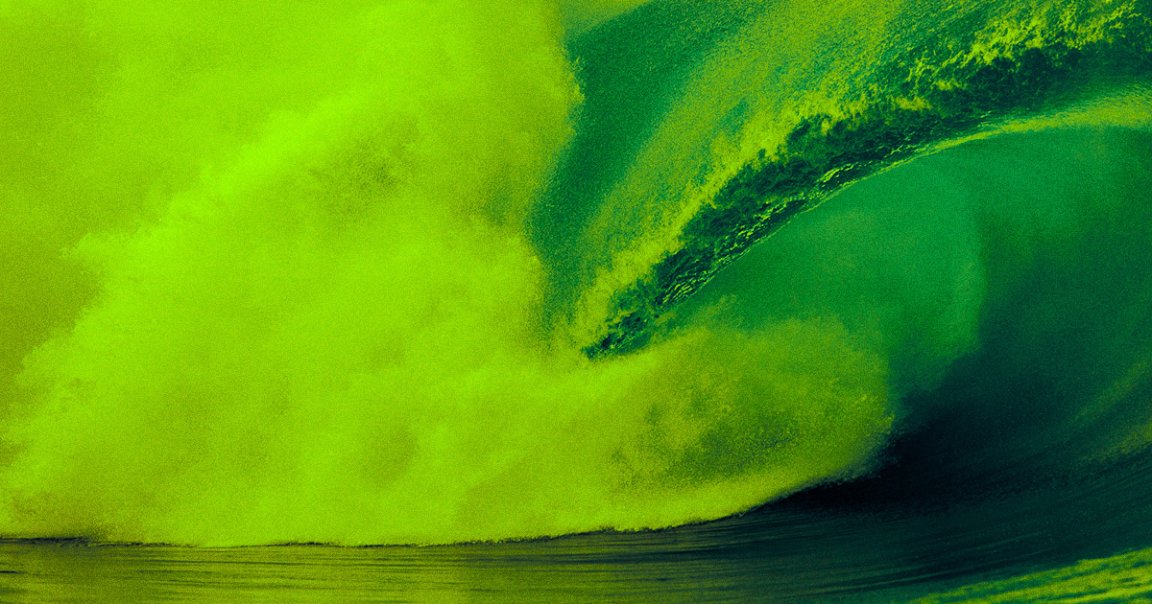
Grody Byproducts
There’s nothing quite like ocean spray gently caressing your face as you take a beachside stroll. But unfortunately, your face may be getting battered with sewage bacteria in the process.
According to a new paper published in the journal Environmental Sciences & Technology, ocean spray samples from San Diego’s Imperial Beach contained bacteria from sewage spillover — and those bacteria end up in the air people near the beach breathe, too.
There are real health risks associated with bacteria that come from sewage runoff as they are more likely to include pathogens such as E. Coli, salmonella, and the infamous, gastrointestinal issues-inducing norovirus.
It’s still unclear, however, if bacteria found by the researchers are actually making people sick in the area.
“Are they potentially infectious? Some are pathogens and some are not,” Prather told The Guardian. “That’s something we’re working on now.”
Feel the Ocean
To put it plainly, this stuff is pretty gross — and it may be getting into the lungs of folks who live near coastal waters, especially those who swim in them.
“Once pollutants become airborne that just means so many more people can be exposed to those pollutants,” explained Kim Prather, the principal investigator on the study out of UC San Diego’s Scripps Institution of Oceanography, in an interview with the city’s Union-Tribune newspaper. “It extends well beyond just people going to the beach or getting in the water.”
Tijuana Syndrome
In their research, the team was able to link the bacteria to the Tijuana River just over the border in Mexico using air and water samples in and around the river and beach respectively.
They made a shocking discovery: the river sewage runoff could account for up to a whopping 76 percent of the bacteria at Imperial Beach.
While there’s already an established body of work about airborne oceanic bacteria in general, this study is the first of its kind to establish a link to a known sewage source, UC San Diego professor and paper co-author Robert Knight told the Union-Tribune.
“It was a complete shock to find how much of microbes in the air were traceable back to sewage,” Knight told the newspaper. “We had no idea that effect would be so strong.”
With this seemingly strong link established in their research, the UCSD team plans to take DNA samples of lifeguards and surfers to see if they can gauge if there’s a measurable impact to respiratory health as well.
“Now that we know this is a real phenomenon,” Knight added, “we need to find out what are the impacts to human health.”
More on gross byproducts: Residents Blame Horrid Black Fungus on Whiskey Facility